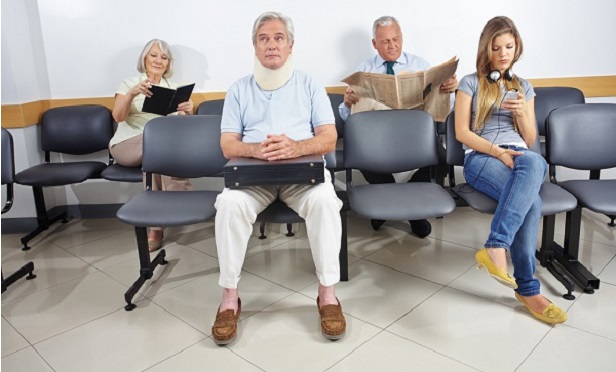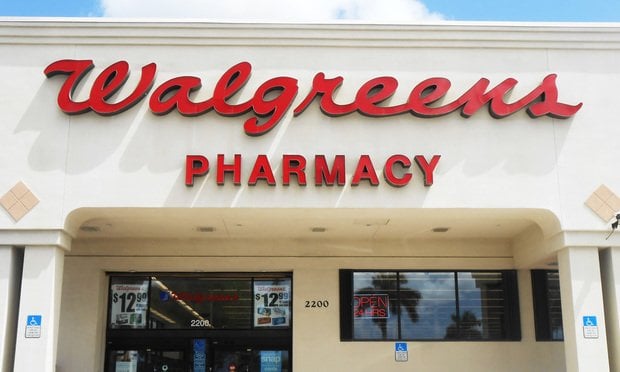 Some of the issues plaguing states with poor health care include the overall health of the population in the area, the presence of more advanced medical equipment and ignorance of the best treatments available. (Photo: Shutterstock)[/caption] The Centers for Disease Control say that 88.1 percent of the U.S. population has somewhere to go regularly for medical care—but that doesn't mean the care they receive is good, or that they can actually afford it. That's according to WalletHub, which took a look at all 50 states and the District of Columbia to see where people are best (and worst) off when seeking care for a health problem. Some of the issues they face include the overall health of the population in the area, the presence of more advanced medical equipment and ignorance of the best treatments available for what ails them—all of which can drive up costs. Related: How physician assistants are helping control health care costs, expand access In fact, WalletHub cites estimates from the Centers for Medicare & Medicaid Services that reveal the average American spends more than $10,000 annually on personal health care—amounting to approximately 17.9 percent of the U.S. GDP. The frightening thing? That doesn't mean they're getting their money's worth and being given better treatment for those higher costs. In fact, the Kaiser Family Foundation released a study that definitely doesn't show the U.S. in a favorable light when it comes to health care. While it's better at providing more access to health care to people in worse health, and the growth of health care cost has slowed a bit, the U.S. of A. definitely lags a number of other wealthy countries when it comes to health coverage, life expectancy and disease burden (that last measures longevity and quality of life). But, as with real estate, what seems to matter a whole lot in health care is location, location, location. WalletHub examined 40 measures of cost, accessibility and outcome across three key dimensions—cost, access and outcomes—to see where people do best in getting what they need. Each metric was graded on a scale of 100 points, with 100 representing the best health care at the most reasonable cost. Among the factors they considered were the cost of a medical or dental visit; the average monthly insurance premium; how much people ended up paying out of pocket; the number of adults who went without care thanks to high cost; the quality of the public hospital system; the number of beds, physicians, nurses and geriatricians per capita; how long people had to wait in emergency rooms; and lots of other vitally important factors that go into determining just how good a place is for the care it provides. Below you'll find the 5 best and 5 worst states for medical care. Keep them in mind if there's a relocation in your future (or if you want there to be).
Some of the issues plaguing states with poor health care include the overall health of the population in the area, the presence of more advanced medical equipment and ignorance of the best treatments available. (Photo: Shutterstock)[/caption] The Centers for Disease Control say that 88.1 percent of the U.S. population has somewhere to go regularly for medical care—but that doesn't mean the care they receive is good, or that they can actually afford it. That's according to WalletHub, which took a look at all 50 states and the District of Columbia to see where people are best (and worst) off when seeking care for a health problem. Some of the issues they face include the overall health of the population in the area, the presence of more advanced medical equipment and ignorance of the best treatments available for what ails them—all of which can drive up costs. Related: How physician assistants are helping control health care costs, expand access In fact, WalletHub cites estimates from the Centers for Medicare & Medicaid Services that reveal the average American spends more than $10,000 annually on personal health care—amounting to approximately 17.9 percent of the U.S. GDP. The frightening thing? That doesn't mean they're getting their money's worth and being given better treatment for those higher costs. In fact, the Kaiser Family Foundation released a study that definitely doesn't show the U.S. in a favorable light when it comes to health care. While it's better at providing more access to health care to people in worse health, and the growth of health care cost has slowed a bit, the U.S. of A. definitely lags a number of other wealthy countries when it comes to health coverage, life expectancy and disease burden (that last measures longevity and quality of life). But, as with real estate, what seems to matter a whole lot in health care is location, location, location. WalletHub examined 40 measures of cost, accessibility and outcome across three key dimensions—cost, access and outcomes—to see where people do best in getting what they need. Each metric was graded on a scale of 100 points, with 100 representing the best health care at the most reasonable cost. Among the factors they considered were the cost of a medical or dental visit; the average monthly insurance premium; how much people ended up paying out of pocket; the number of adults who went without care thanks to high cost; the quality of the public hospital system; the number of beds, physicians, nurses and geriatricians per capita; how long people had to wait in emergency rooms; and lots of other vitally important factors that go into determining just how good a place is for the care it provides. Below you'll find the 5 best and 5 worst states for medical care. Keep them in mind if there's a relocation in your future (or if you want there to be).© 2025 ALM Global, LLC, All Rights Reserved. Request academic re-use from www.copyright.com. All other uses, submit a request to [email protected]. For more information visit Asset & Logo Licensing.

















